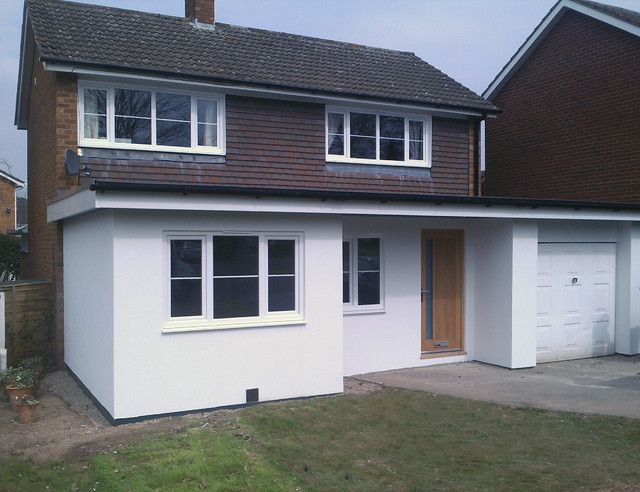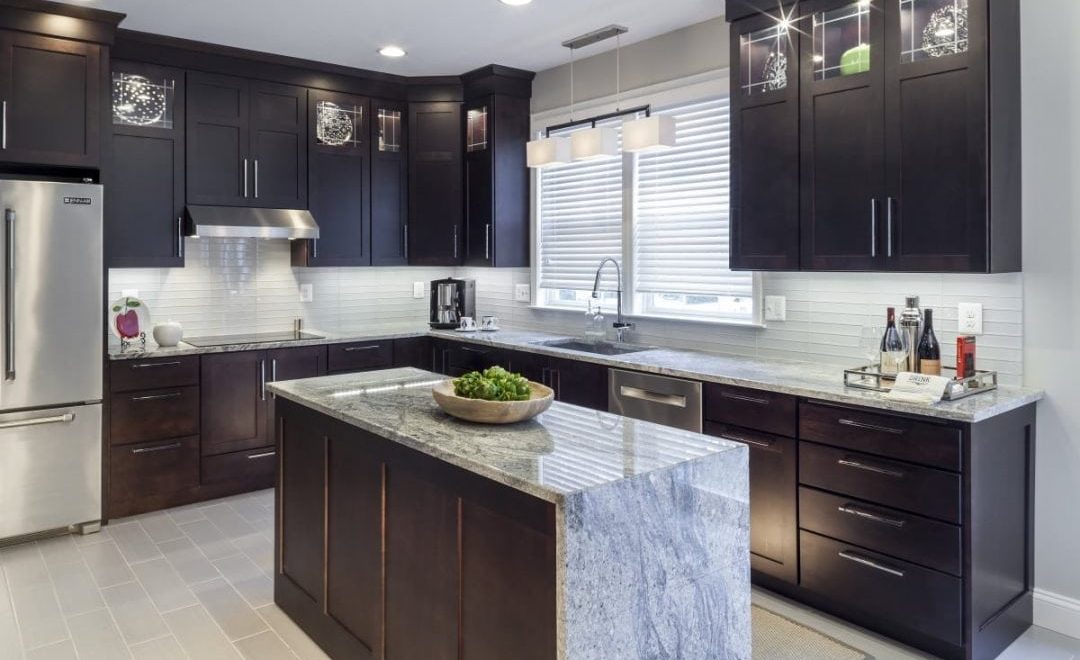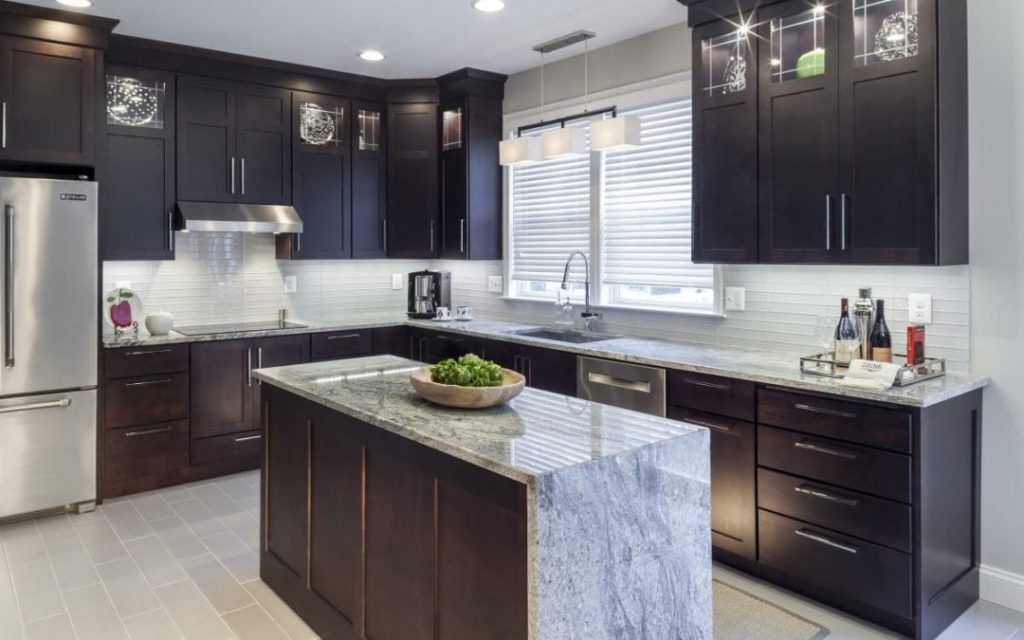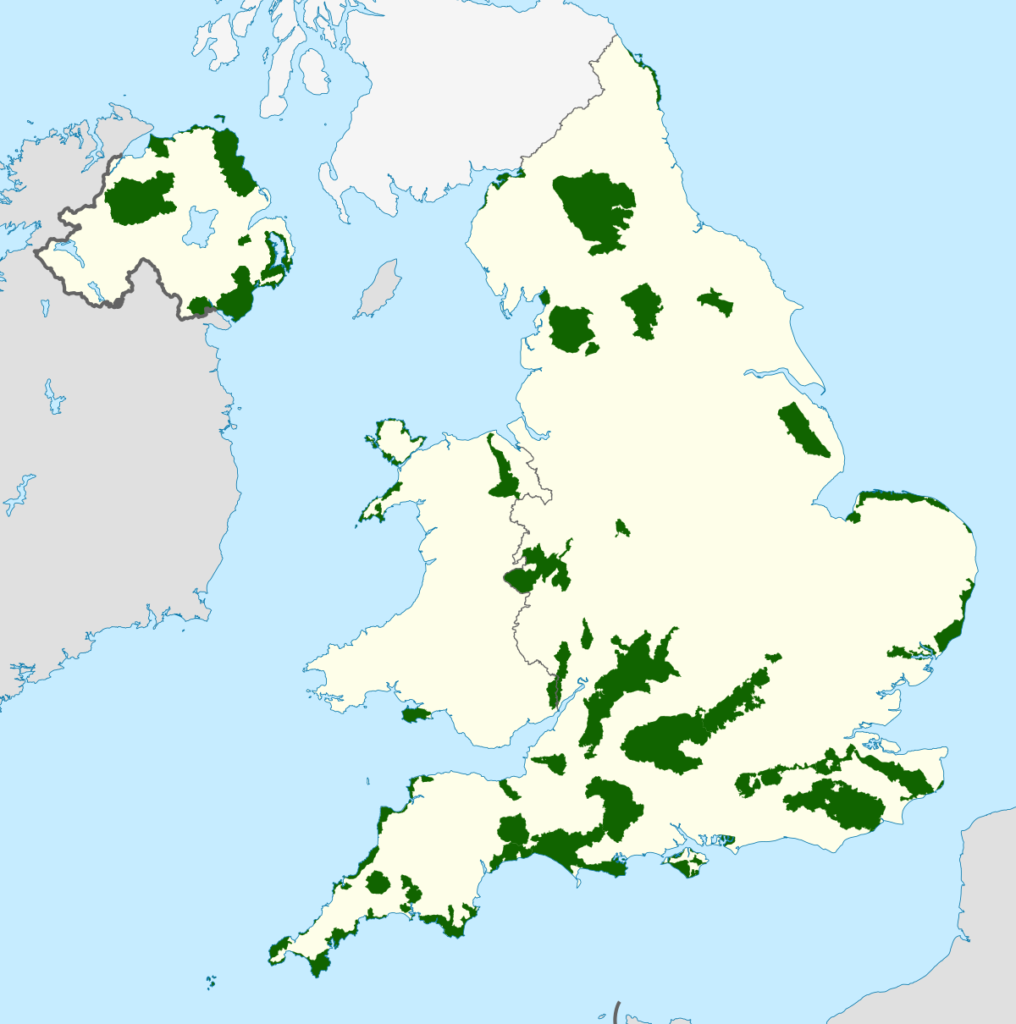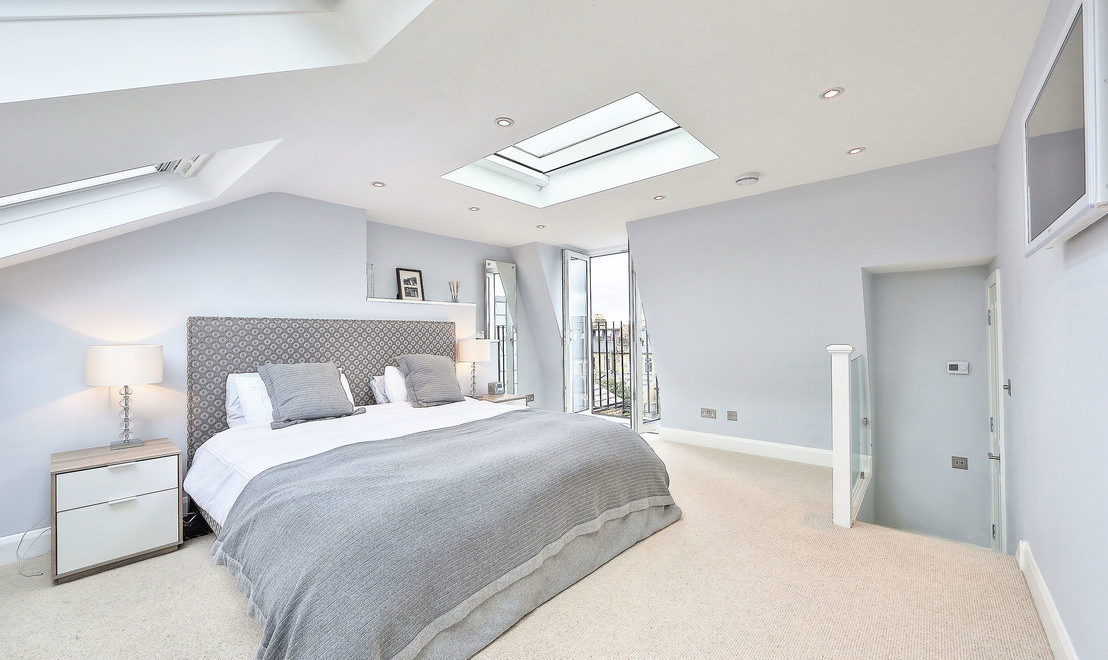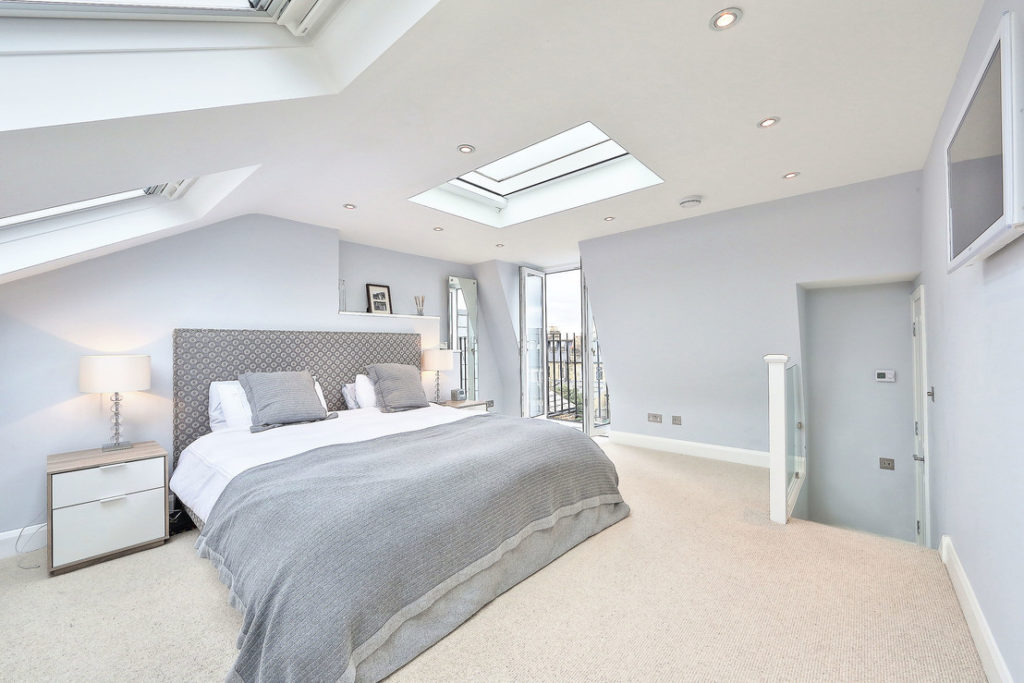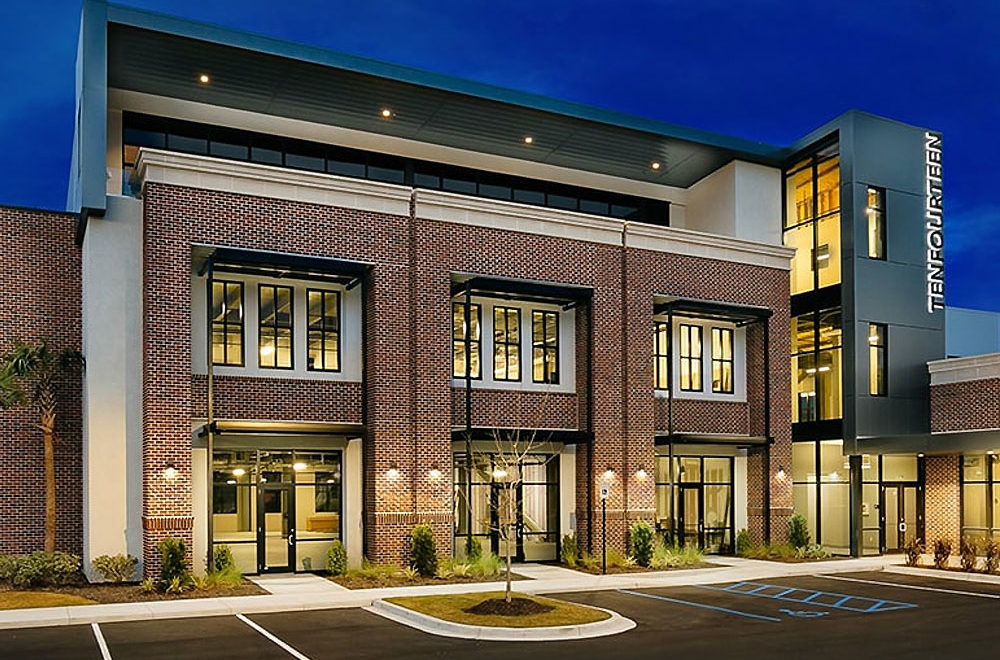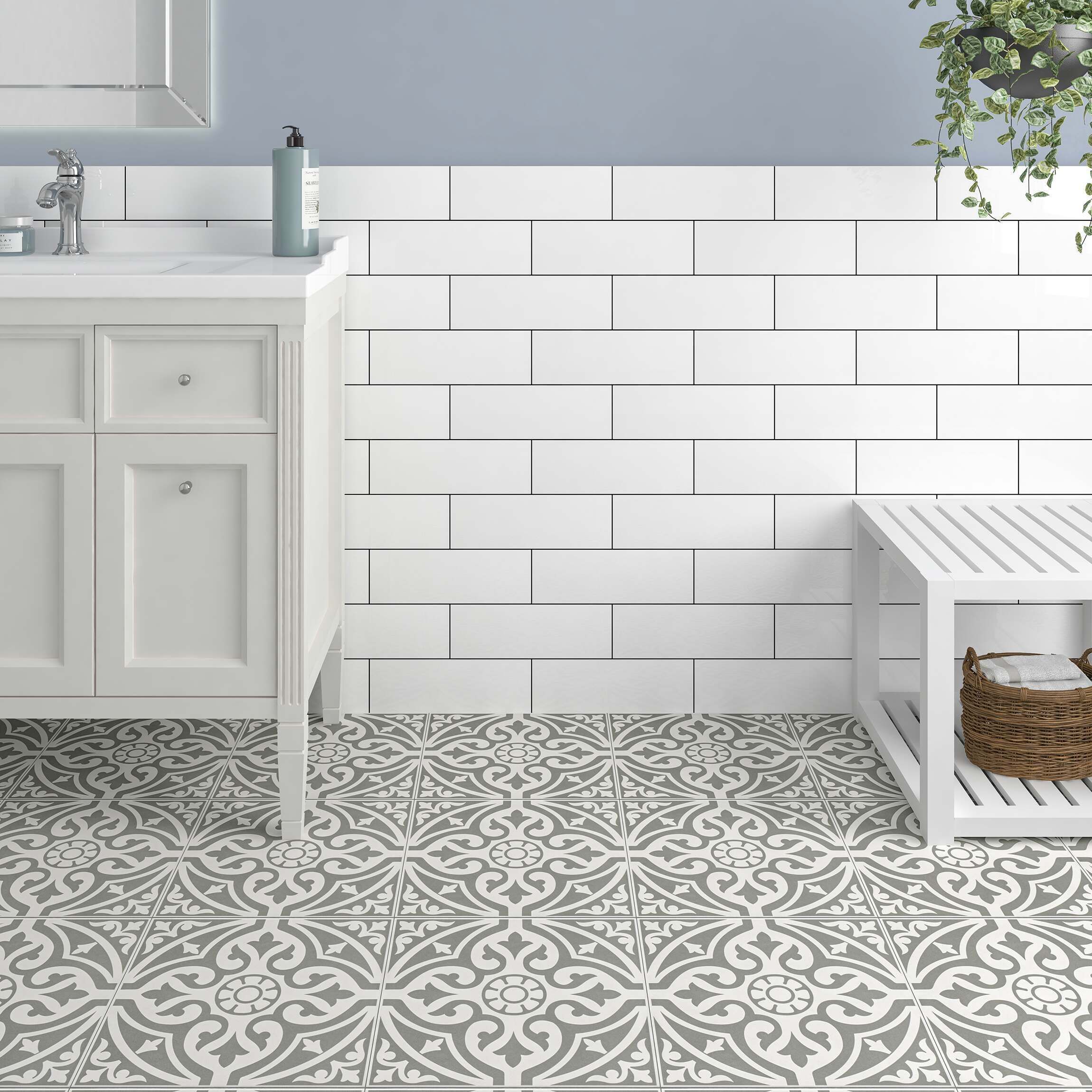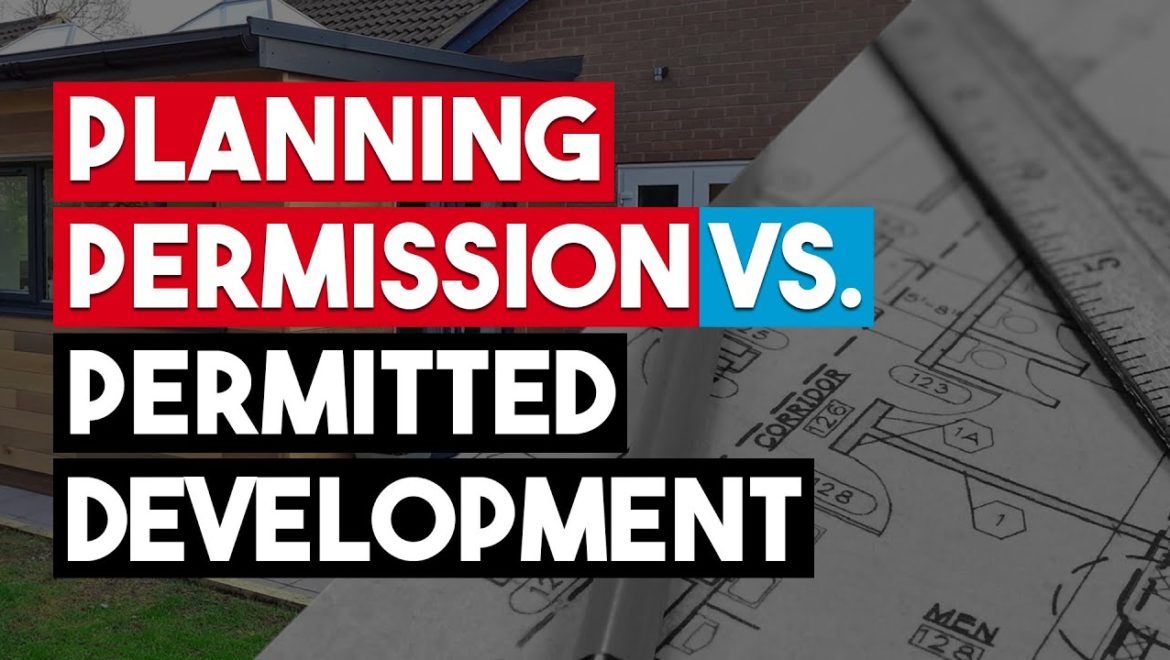Can I add a Front extension to my home?
What is a front extension?
A front extension is commonly seen as a porch. They allow you to add depth and dimension to the front of your home. Whilst shielding it from the elements and adding it for aesthetic purposes.
Front House Extension Rules to Follow –
Some of the rules are as follows:
- The size of the house extension should not be greater than the land around the house.
- You can make an extension higher than the existing roof.
- You need to make sure that the materials you are using are the same.
- If your house is situated near the public highway; you cannot build an extension under permitted development rights.
Reasons to extend the front of your home –
- Adding a front extension will increase the value of your home. In the UK single-storey extensions are a popular choice and can add up to 5 – 8% value to the property.
- If you are looking for more space, it is cheaper to extend your house rather than buy a new one.
- Extending the front of your house is often the easiest type of extension. It doesn’t require you to move out of your home. As well as, it may not affect major rooms in the house.
Will you need planning permission –
Whenever you plan to add an extension, there are some rules that you need to follow. Like any other house extension, there are some limits on how high, wide, and far you can go. If the design does not comply with these rules, then you have to apply for planning permission.
Permitted development rules for a front extension –
- Does not front onto the road
- A single storey
- Is at most three meters out from the original house
- Is not more than half the width of the original house
It does not mean that this process is negative. It is just difficult and can make your project stressful. Furthermore, it can take many weeks to complete and will cost you extra money. Anyhow, if you are following the rules then you can skip this process and build an extension. You can add a room to the front of your house without any worry.
The rules with this type of extension are very strict. The reason is that you are extending towards the front of the house. It means towards a public highway and hence there are stringent rules.
